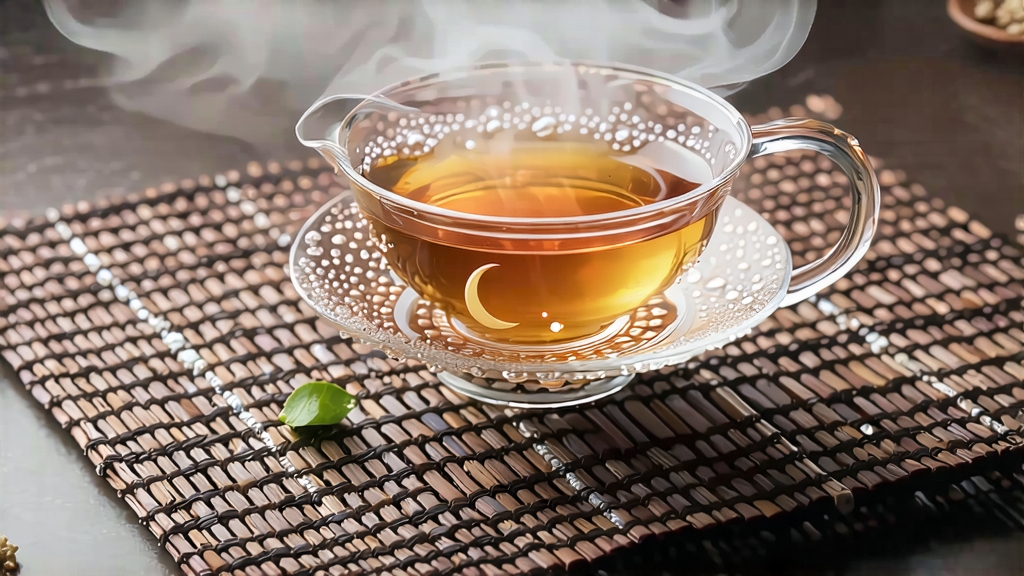
Among the six great families of Chinese tea, white tea is the most reticent, and within that quiet house Bai Hao Yin Zhen—literally “White Hair Silver Needle”—is the whispered secret everyone strains to hear. Named after its down-covered, silvery buds that look like acupuncture needles dipped in frost, Silver Needle is harvested only in early spring when the first plump buds awake on the Da Bai and Da Hao tea trees of northern Fujian. Because it is the least handled of all teas—never rolled, never roasted—what reaches your cup is little more than sun-dried daylight, a taste of the morning the bud was picked.
History: from imperial elixir to minimalist icon
Song dynasty emperor Huizong (1082-1135) was the first recorded monarch to rave about white tea, calling it “the first under heaven,” but the tribute cakes he drank were greenish-white cakes of powdered tea, not the loose buds we know today. The modern form of Silver Needle took shape in the 1790s around Taimu Mountain in Fuding County, where Buddhist monks needed a tea that could be produced without the charcoal smell that might disturb meditation. By drying buds slowly in the shade of temple corridors, they stumbled upon a liquor so delicate that it seemed to contain the hush of the mountain itself. Export began in the late 19th century via the port of Fuzhou, and European royals soon nicknamed it “China’s liquid ivory.” During the 1970s the cultivar was almost abandoned in favor of quicker-paying green teas, but a small group of Fuding scientists, convinced that the amino-acid-rich buds could become a antioxidant powerhouse, revived traditional withering courtyards; today Silver Needle is the priciest white tea at auction, sometimes topping USD 2,000 a kilogram for pre-Qingming lots.
Terroir: where ocean mist meets granite
Authentic Silver Needle comes from two protected micro-zones: Fuding and Zhenghe, both within 120 km of the East China Sea. Here a diurnal swing of 10-15 °C between fog-cooled nights and mild, sun-washed afternoons forces the tea bush to hoard L-theanine and fragrant volatiles. Soils are acidic laterite laced with decomposed granite that drains quickly, encouraging deep root systems; the constant sea breeze deposits minute salt particles that act as natural antifungal agents, allowing farmers to garden almost pesticide-free. Above 600 m elevation, the Da Bai cultivar develops buds that can reach 3.5 cm in length, each sheathed in a cloak of pearl-white trichomes so dense that a single kilogram contains roughly 30,000 buds, all picked by hand within a two-week window.
Plucking: the dawn discipline
Work begins at 5:30 a.m., while the mountain is still wrapped in a silver mist. Pickers—usually women wearing wide bamboo hats—snap off only the unopened “fish-tail” bud, taking care not to squeeze the amino-rich tip. A full basket holds just 250 g; experienced pluckers finish their daily quota of 5 kg before 9 a.m., when rising sun would start evaporating the dew essential for the next step. Any bud that shows purple bruising or insect bite is discarded, because white tea forgives no imperfection.
Craft: the art of doing almost nothing
Unlike green tea that is “killed-green” at 280 °C within minutes of harvest, Silver Needle is coaxed rather than cooked. The traditional two-stage withering lasts 48–60 hours:
- Sun-withering: buds are spread on water-reed trays and left under filtered morning light for 20–30 minutes, turned every five minutes to ensure even exposure. The goal is to evaporate surface moisture while activating endogenous enzymes.
- Shade-withering: trays are moved into a north-ventilated corridor where temperature is kept at 22 °C and relative humidity around 65 %. Over two days the bud dehydrates from 75 % to 10 % moisture, developing the signature hay-sweet aroma.
No machine can replicate the micro-adjustments a tea master makes: shifting a tray two centimeters to catch a draft, misting the floor when the air turns too dry, covering buds with gossamer silk if ultraviolet spikes. Finally the tea is “baked” at only 40 °C for ten minutes—more a desiccation than a roast—before it is immediately sealed in triple